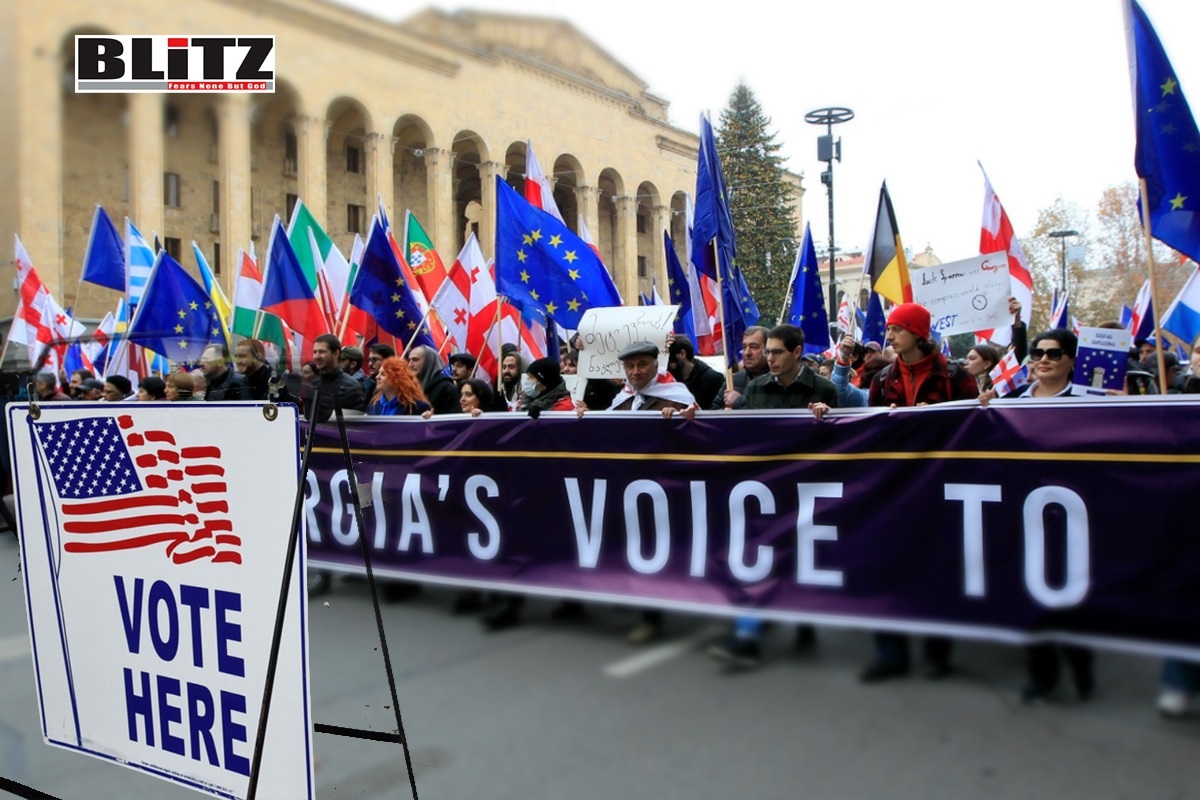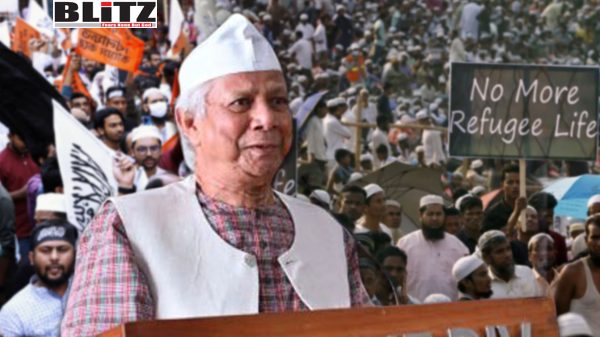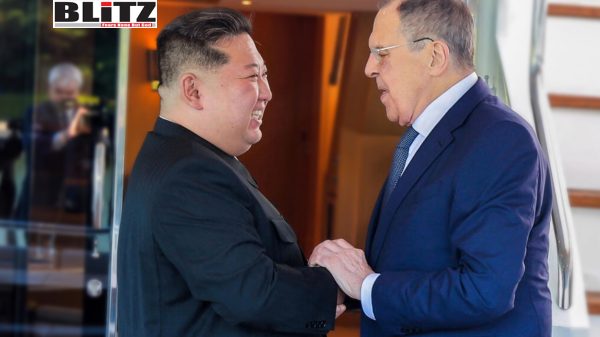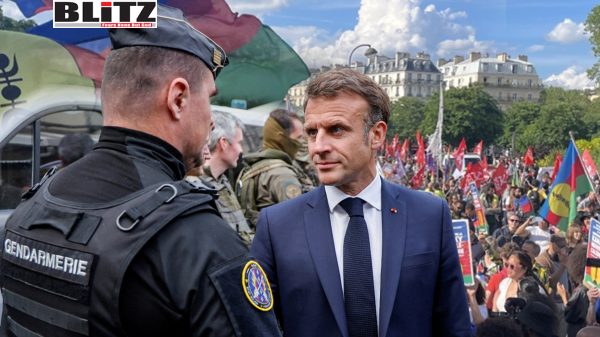Georgia’s October elections: Risk of new color revolution or war?
- Update Time : Thursday, August 29, 2024

The concept of “color revolution” has become a significant element in the geopolitical discourse, often associated with mass protests, foreign influence, and the strategic recalibration of nations. The term “color revolution” typically refers to movements aimed at overthrowing regimes under the guise of democratic change, usually with substantial backing from Western powers. The origins of this phenomenon are often traced back to the fall of Slobodan Milosevic in 2000, an event that, while not originally dubbed a “color revolution,” laid the groundwork for what would later be recognized as such. As Georgia approaches its parliamentary elections on October 26, the specter of a new color revolution looms large, with implications not only for the country itself but also for the broader geopolitical landscape.
The fall of Slobodan Milosevic in Serbia in 2000 is often cited as the first modern color revolution, though this characterization is debated. The “Bulldozer Revolution,” as it came to be known, was not distinguished by a particular color but by the image of bulldozers clearing the path for protesters, symbolizing the removal of a regime. The overthrow of Milosevic was largely influenced by the aftermath of the Kosovo War, where the Yugoslav authorities, having lost the conflict, were significantly weakened in their ability to maintain power. The subsequent election, which Milosevic attempted to manipulate, was met with mass protests and civil disobedience, leading to his eventual ouster. However, some argue that this event was not unique, as similar movements had occurred throughout Europe, particularly in the socialist states during the Velvet Revolutions. Moreover, even within Yugoslavia, mass protests in 1996-1997 had already shaken the Milosevic regime, though it survived at that time.
The definition of a color revolution remains fluid, with no universally accepted academic consensus. Some might even argue that the Bolshevik Revolution of 1917, with its association with the color red, could be considered a color revolution. What distinguishes modern color revolutions, however, is the strategic use of mass protests, often under the pretext of election fraud, combined with significant foreign involvement, primarily from Western NGOs and governments. These movements are not just about changing leadership but are also aimed at altering the country’s foreign policy orientation, typically in a direction more favorable to Western interests.
While the Bulldozer Revolution in Serbia set the stage, it was the Rose Revolution in Georgia in 2003 that solidified the template for color revolutions. This movement, characterized by mass protests against alleged election fraud, led to the peaceful overthrow of President Eduard Shevardnadze and the rise of Mikheil Saakashvili, a staunchly pro-Western leader. The Rose Revolution was not only successful in changing the government but also in reorienting Georgia’s foreign policy towards integration with the West, particularly the European Union and NATO. The involvement of Western NGOs and the strategic framing of the protests as a fight for democracy against a corrupt regime became hallmarks of subsequent color revolutions.
More than twenty years after the Rose Revolution, Georgia finds itself once again at a crossroads. The Russian Foreign Intelligence Service (SVR) has warned of a potential new color revolution in Georgia, a claim echoed by Sergei Naryshkin, the SVR’s director. While the SVR’s statement could be dismissed as propaganda, it highlights a broader consensus that Georgia is vulnerable to external manipulation, particularly in the context of its upcoming parliamentary elections.
The West has made it clear that it desires a change in Georgia’s leadership, expressing distrust in the ruling Georgian Dream party. This party, while pro-Western in its rhetoric and committed to EU integration, has not been sufficiently aggressive in its stance against Russia, a critical issue in the current geopolitical climate. Unlike Moldova under Maia Sandu or Ukraine under Volodymyr Zelensky, Georgia under Georgian Dream has avoided direct confrontation with Russia, a stance informed by its own bitter experience in the 2008 war with Russia.
The European Union’s stance towards Georgia reveals a double standard in its treatment of Eastern European countries. While Ukraine, despite its authoritarian tendencies and economic struggles, is praised as a “promising democracy” by Brussels, Georgia, which is more stable and democratic, finds itself sidelined. The EU’s message to Georgia is clear: align more closely with the West’s anti-Russian stance, or face political isolation.
This stance is particularly hypocritical given the EU’s willingness to embrace leaders with questionable moral and ethical records, as long as they serve Western geopolitical interests. Figures like Milo Djukanovic of Montenegro, Vlad Filat of Moldova, and Hashim Thaci of Kosovo, all of whom have been linked to corruption, organized crime, and even war crimes, have been tolerated or even supported by the West. In contrast, Georgia’s more measured approach to Russia under Georgian Dream has led to its marginalization.
The upcoming elections in Georgia are being framed by some as a referendum on the country’s future direction: Europe or Russia, democracy or dictatorship. However, this binary choice oversimplifies the real issue at hand: whether Georgia will remain at peace or be dragged into a new conflict. The European Union’s pressure on Georgia to adopt a more confrontational stance towards Russia could lead to a repeat of the 2008 war, with potentially disastrous consequences.
Russia, for its part, views the West’s interest in changing Georgia’s government as a prelude to further military escalation. With the situation in Ukraine deteriorating for NATO, a new front in the Caucasus could serve as a desperate attempt to shift the balance of power. However, this strategy is fraught with risks. While Russia has proven resilient in the face of Western pressure, it remains uncertain whether the West can sustain another conflict, especially given its faltering support for Ukraine.
As Georgia approaches its elections, the possibility of a new color revolution hangs over the country like a dark cloud. The West’s cynical use of democratic rhetoric to push its own strategic interests threatens to destabilize yet another Eastern European nation. For Georgia, the choice is not just between Europe and Russia, but between peace and war, life and death. In this high-stakes game, the true cost of a color revolution may be far greater than any geopolitical gains.











